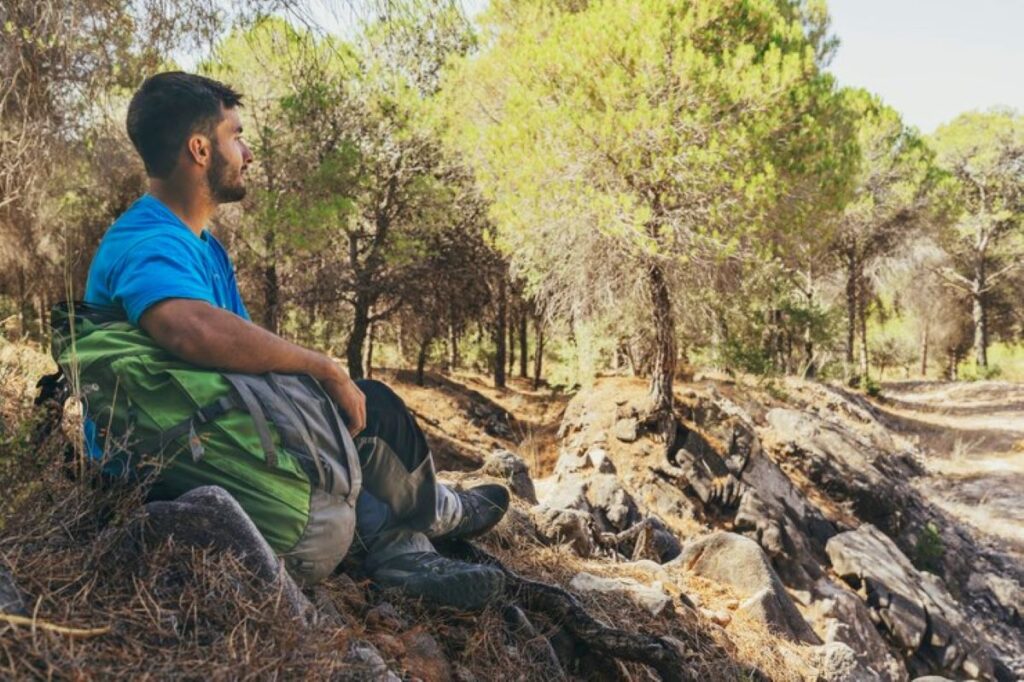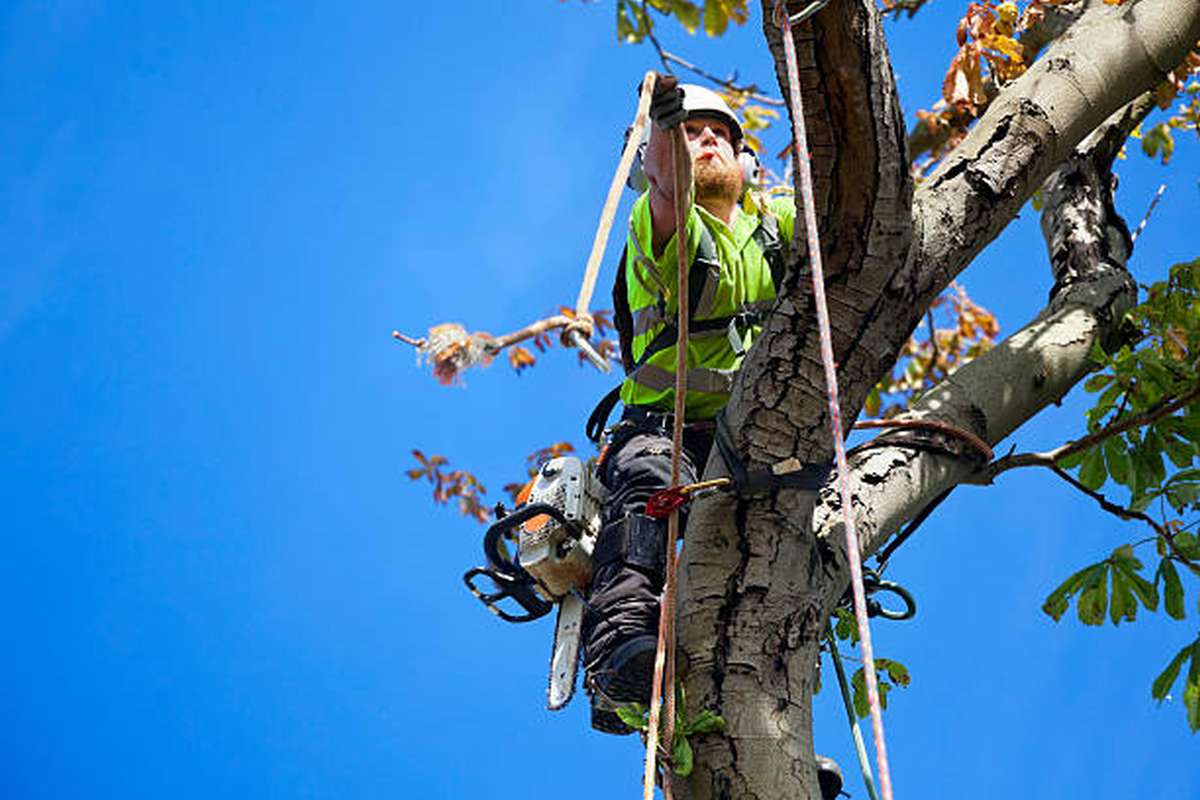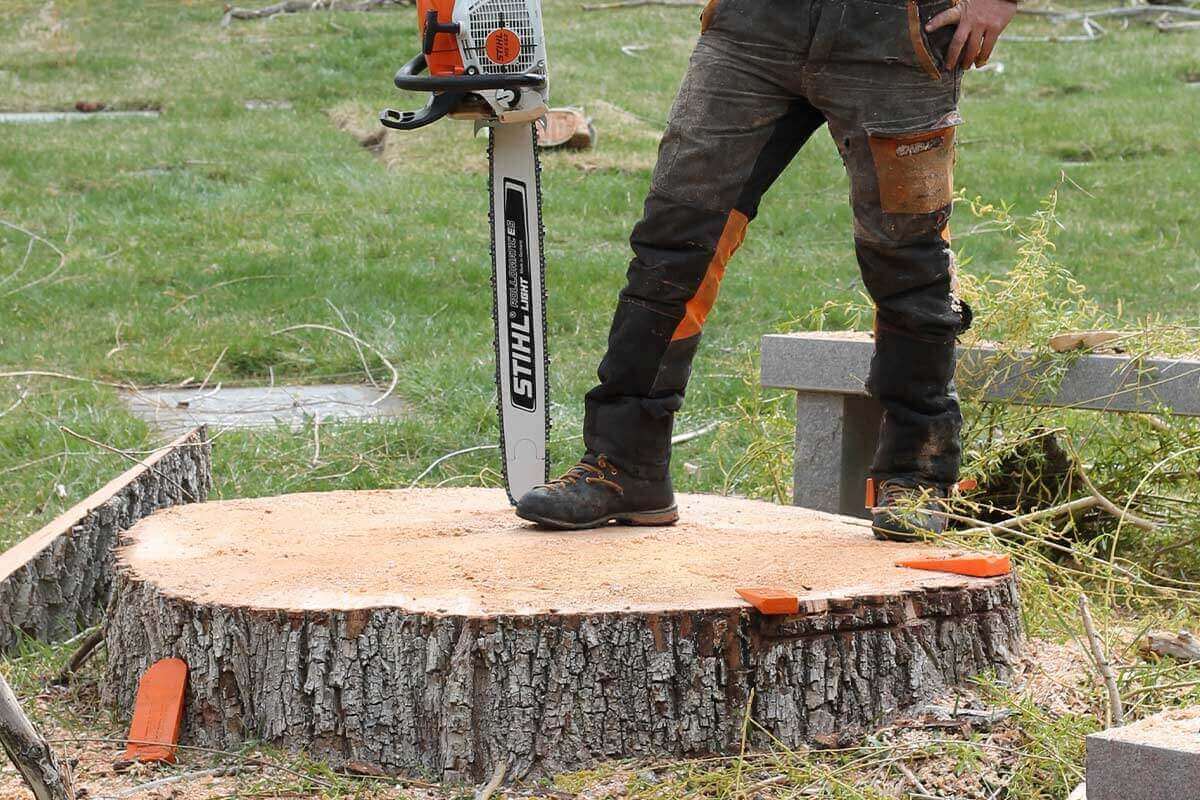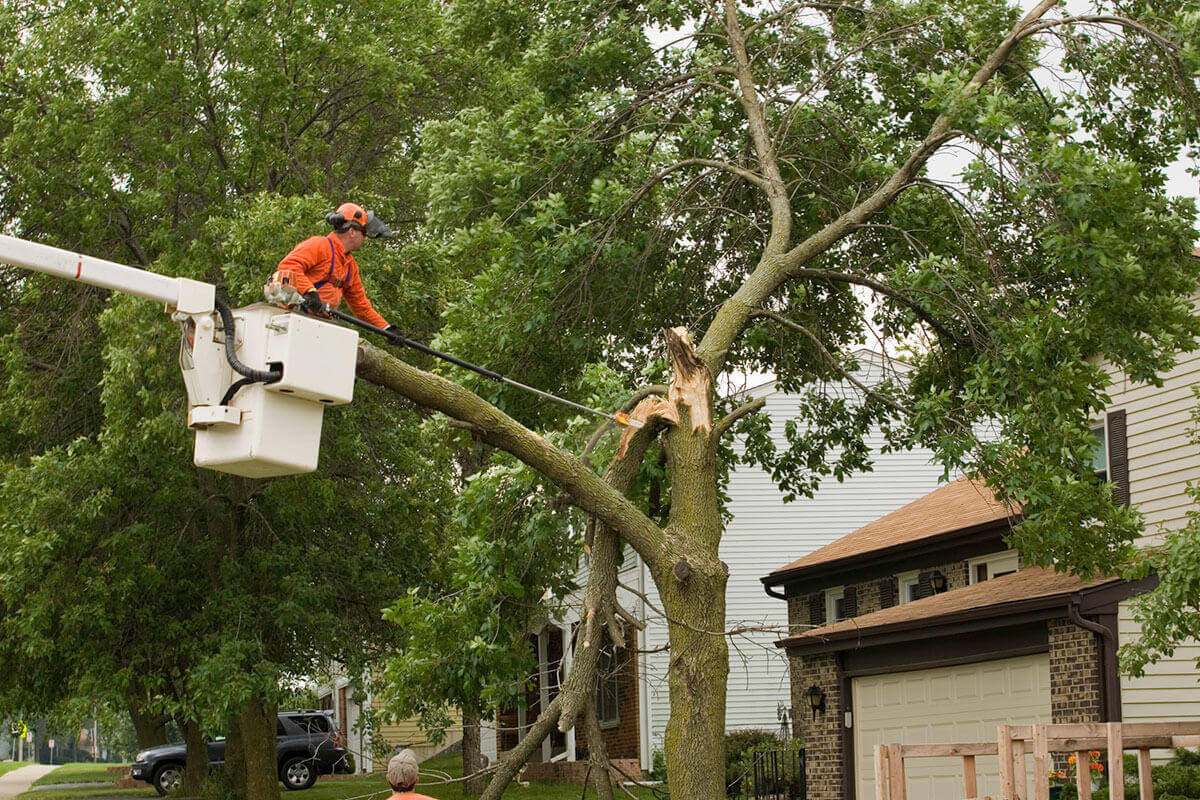Tree removal is a task that requires careful planning, skill, and safety awareness. While some homeowners may consider tackling small trees themselves, professional tree removal offers expertise, proper equipment, and insurance protection. Hiring a certified arborist ensures your property remains safe and your landscaping investments are protected.
This article explores why certified arborists are the best choice for tree removal, the risks of DIY attempts, and the benefits of post-removal care.
When DIY Tree Removal Might Be Considered
There are situations where homeowners may consider DIY tree removal:
1. Small Trees in Open Spaces
Trees under six meters tall in areas free from structures or power lines may be safely removed with the right tools and precautions.
2. Dead Limbs or Small Branches
Pruning or removing fallen branches is manageable for homeowners with proper tools. It’s a simple way to maintain your garden without professional help.
3. Accessible Locations
Trees in flat, open areas that allow for a clear escape route and proper cutting angle may be appropriate for DIY removal, but caution is still required.
While these situations exist, even small trees can pose risks, and professional guidance is often safer.
The Risks of DIY Tree Removal
Even seemingly simple tree removal projects can turn hazardous. Common risks include:
- Injury from chainsaw kickback or falling branches
- Property damage from uncontrolled falls
- Electrocution near power lines
- Fines for removing protected or council-regulated trees
Attempting tree removal without the right skills and equipment can result in serious accidents or costly mistakes.
Practical Safety Tips for Homeowners
If you do attempt small-scale tree maintenance, consider these safety measures:
1. Wear Protective Gear
Always wear a helmet, gloves, steel-toe boots, and safety goggles. Ear protection is essential when operating chainsaws.
2. Plan Your Cuts
Analyze the tree’s lean, size, and surroundings before cutting. Always establish two escape routes opposite the expected fall direction.
3. Inspect Your Tools
Ensure your chainsaw or handsaw is sharp, fueled, and properly maintained. Dull or malfunctioning equipment increases accident risk.
4. Never Work Alone
Having a partner helps monitor safety, manage ropes, and respond to emergencies.
Common DIY Tree Removal Mistakes
Understanding frequent DIY errors can prevent accidents:
1. Misjudging Tree Weight and Fall Direction
Improper assessment of the tree’s lean and weight can cause unpredictable falls. Notching the tree in the intended fall direction is critical.
2. Ignoring Surrounding Hazards
Failing to check for nearby structures, fences, or power lines can lead to property damage or electrocution.
3. Cutting at the Wrong Height
Cutting too high or low can cause the trunk to split or the tree to kick back dangerously.
4. Attempting Removal in Bad Weather
Wind, rain, or slippery conditions make tree removal unpredictable and unsafe.
Why You Should Hire a Certified Arborist
Hiring a certified arborist provides safety, expertise, and peace of mind.
1. Experience and Training
Certified arborists undergo rigorous training and understand tree biology, structural integrity, and safe cutting techniques. They can handle complex or hazardous removals efficiently.
2. Proper Equipment
Arborists use specialized tools, cranes, ropes, and safety gear, ensuring that trees are removed without damaging nearby structures or landscaping.
3. Compliance and Permits
Many trees require council permits for removal. Arborists ensure all legal requirements are met, helping you avoid fines and regulatory issues.
4. Insurance Protection
Certified arborists carry insurance to cover accidents, protecting both your property and personal liability. DIY attempts leave homeowners fully responsible for any damage or injury.
5. Emergency Tree Removal
In storm damage or unexpected emergencies, certified arborists provide quick, safe, and professional services to protect your home and yard.

Aftercare: Post-Tree Removal Tips
Proper post-removal care is essential for a healthy yard:
1. Stump Removal
Leftover stumps can attract pests and inhibit landscaping. Options include grinding, chemical treatments, or hiring professionals for complete extraction.
2. Debris Management
Branches, leaves, and logs should be cleared, recycled, or repurposed as firewood or mulch.
3. Soil and Landscape Restoration
Refill the area with nutrient-rich soil, plant grass or shrubs, and maintain water levels to restore your yard’s appearance and prevent erosion.
4. Ongoing Tree Maintenance
Regular pruning and inspection by arborists can prevent future hazards and keep your property safe and visually appealing.
Benefits of Hiring Professionals vs. DIY
| DIY Tree Removal | Certified Arborist |
|---|---|
| Low upfront cost | Safer, risk-free removal |
| Limited tools and training | Specialized equipment and expertise |
| Risk of injury or property damage | Insurance coverage for accidents |
| Possible legal violations | Compliance with permits and regulations |
| Time-consuming and labor-intensive | Efficient and quick service |
The investment in professional arborists ensures safety, property protection, and long-term landscape health.
Final Thoughts
While DIY tree removal may seem tempting for small or simple jobs, the risks often outweigh the savings. Certified arborists bring training, experience, and equipment to safely remove trees of any size or complexity. For your home, garden, and peace of mind, hiring a professional is the safest choice.
Whether dealing with emergency tree removal, large or leaning trees, or stump management, trust certified arborists to protect your property and maintain a healthy landscape.
FAQS
Handle stump removal to prevent regrowth or pests, clear debris, restore soil and landscape, and maintain regular tree care. This ensures a safe, healthy, and visually appealing yard.
Hire a professional if the tree is tall, diseased, near structures, or close to power lines. Certified arborists have the training, tools, and insurance to handle complex or risky removals safely.
Mistakes include misjudging tree weight, cutting in the wrong direction, ignoring hazards, and attempting removal in bad weather. These errors can lead to accidents, property damage, or injury.
You’ll need safety goggles, gloves, a helmet, ropes, a sturdy ladder, and a chainsaw. Check all equipment before starting, and always have a plan for escape routes to minimize risks.



